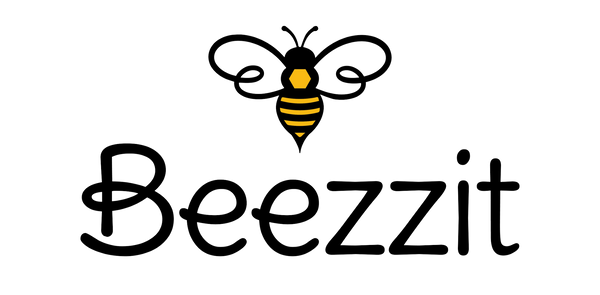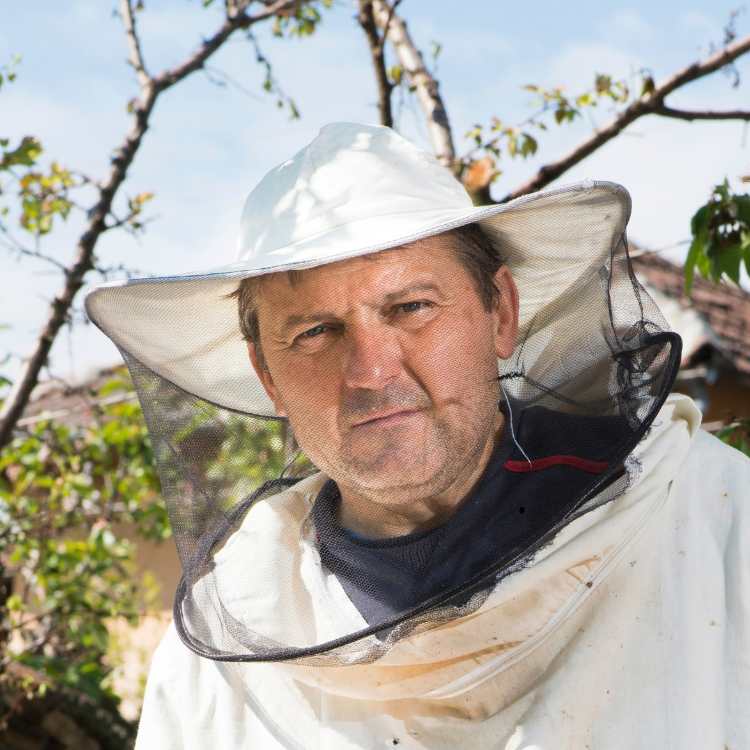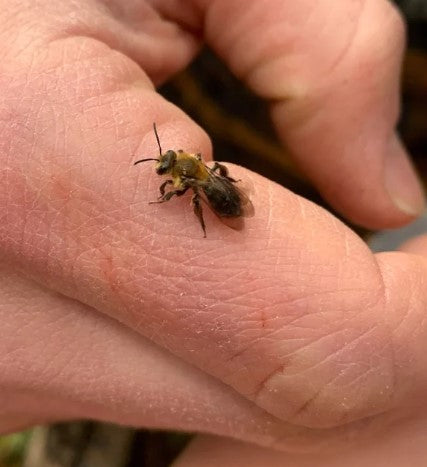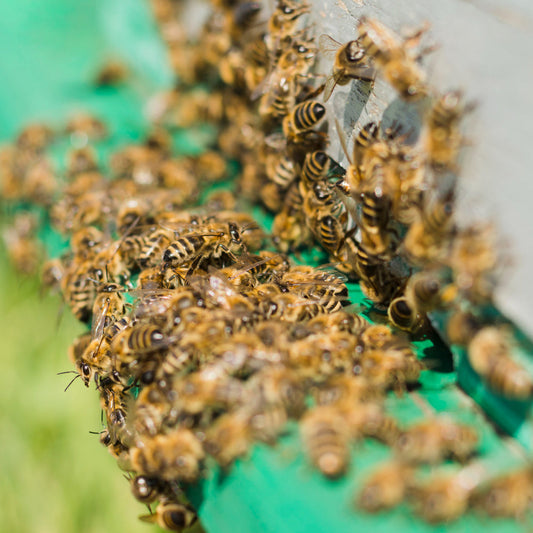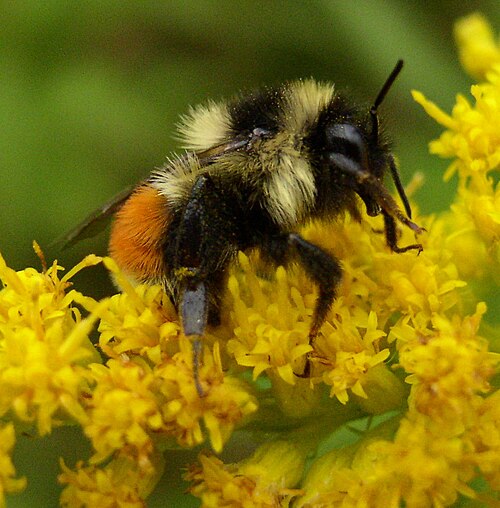The curiosity about whether bees can smell is not only intriguing but also vital to know how these remarkable insects understand their surroundings. Recent studies have shown unexpected results regarding the ability of bees to smell and the complexity of their fragrance identifying capabilities, which are much higher than what scientists first perceived.
The Biology Behind Bee Smell
In the study of whether bees have the ability to smell, it was revealed by scientists that bees possess about 170 smell receptors. This suggests a much more advanced olfactory system than formerly believed. The understanding we now have about the bee's sense of smell supports their amazing capacity to find flowers from rather long distances - in optimal conditions, this can even be several miles distant.
Just like humans use their noses, studies about can bees smell show they use specialized organs called antennae. These antennae contain thousands of microscopic sensory plates that help answer the question of how can bees smell with such precision. Each plate contains multiple receptor cells tuned to different chemical signatures. These cells communicate directly with the bee's brain, processing scent information almost instantly - much faster than human scent processing.
Smelling Their Way Home
Research into can bees smell reveals they use scent markers to navigate with incredible accuracy. The interesting part of understanding how bees can smell is that they form unseen fragrance paths, identifying key places with pheromones. These markers of pheromones stay from a couple of hours up to many days, it relies on the conditions of the environment. Other bees detect these markers, helping the colony work together efficiently, even in complex environments with numerous competing aromas.
The way bees smell affects their social behavior is particularly interesting. They recognize their hivemates through unique chemical signatures, sort of like how humans recognize familiar faces. Their ability to detect smell like their colony, helps maintain hive security. This recognition system is so precise that bees can detect subtle differences in colony aromas even between closely related hives.
Finding Food Through Fragrance
Understanding how can bees smell helps explain their foraging success. When a bee discovers a good food source, it leaves a scent marker that other bees can detect from surprising distances. These markers contain complex information about the quality and quantity of the food source. The markers gradually fade over time, ensuring the colony doesn't waste energy visiting depleted resources.
The sophistication of how can bees smell becomes clear when you realize they can distinguish between thousands of different floral scents, even in minute concentrations. This remarkable ability helps explain why questioning can bees smell can evolve into studying exactly how advanced their scent detection really is. They can detect specific flower scents in parts per trillion - equivalent to finding a single grain of salt in an Olympic-sized swimming pool.

Honeybee extracting nectar from a flower
Memory and Scent Processing
What's particularly fascinating about how can bees smell is their ability to remember scents and associate them with specific experiences. They can associate specific smells with food rewards, demonstrating remarkable learning abilities that rival those of many larger animals. This memory formation happens within minutes of exposure and can last their entire lifetime.
Scientists studying whether can bees smell found they can remember specific scents for their entire lives, which typically span several weeks to a few months. This memory capability extends to both positive and negative associations, helping bees avoid dangerous situations and optimize their foraging strategies.
Protecting the Colony
The relationship between how can bees smell and colony defense reveals another crucial aspect of bee behavior. Guard bees at the hive entrance use scent detection to identify whether approaching bees belong to their colony. These guard bees can detect subtle changes in colony scent and respond accordingly. During times of resource scarcity, they become particularly vigilant about checking incoming bees' scent signatures.

A colony of bees
Practical Applications and Future Implications
Understanding how bees process scents has led to practical applications in agriculture, environmental monitoring, and even security applications. Their natural abilities make them surprisingly effective at detection tasks that normally require expensive equipment, offering cost-effective solutions for various detection needs.
As we face environmental challenges and declining bee populations, understanding bee sensory abilities becomes increasingly important. Research into how they detect and process scents helps us better protect these crucial pollinators and maintain healthy ecosystems.
Creating better bee-friendly environments requires understanding how their sensory systems work. This knowledge helps in developing more effective conservation strategies and ensuring these important pollinators continue to thrive in our changing world.
If you liked this post, consider learning more about bees and beekeeping here.
